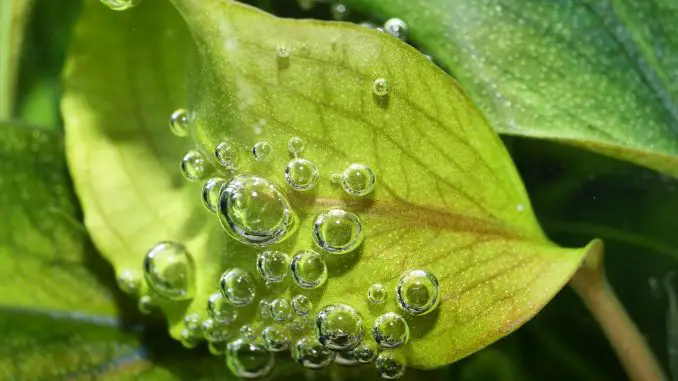
The list of aquatic plants can seem endless, and sometimes it can be difficult to tell them apart. Most people don’t put as much thought into choosing plants as they do with fish.
Bucephalandra is a species that is vying for your attention. There are many types, so there’s one to suit everybody. They can be of many colors, shapes, and sizes.
Though there are lots of types, they can all be cared for in a similar way, and as a hardy species, they are very easy to look after.
This article contains all the information needed for you to care for Bucephalandra at home. We’ll cover where they’re from, their ideal aquarium, how to propagate, and much more…
TABLE OF CONTENTS
Bucephalandra Facts & Overview
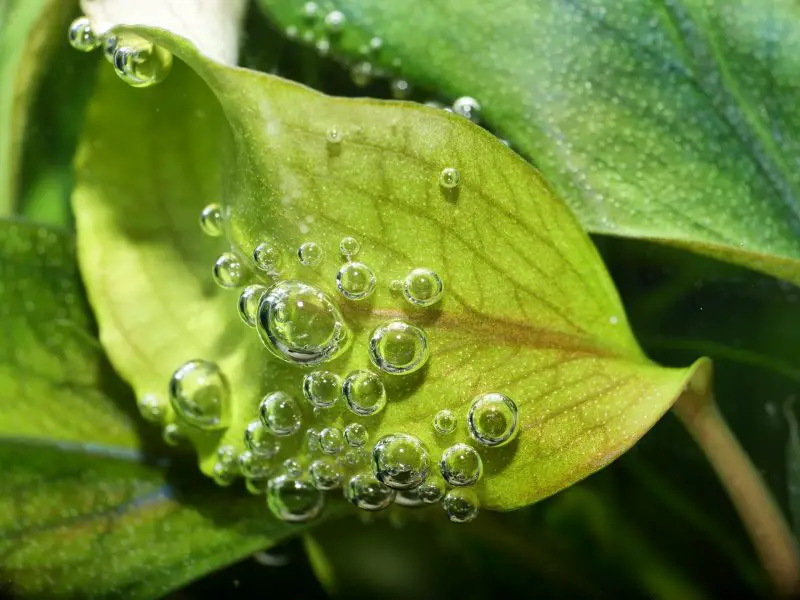
| Category | Rating |
| Care Level: | Easy |
| Lighting: | Low to medium |
| Color Form: | Various |
| Origin: | Borneo |
| Height: | 1-10 inches (species dependent) |
| Family: | Araceae |
| Minimum Tank Size: | 5 gallons |
| Tank Set-Up: | Tropical freshwater |
| Growth Rate: | Slow |
The term ‘Bucephalandra’ represents many distinct, yet closely related, species. It is the name of a genus in the Araceae (or arum) family and is often shortened to Buce.
There are about 30 species of Bucephalandra that have mostly been discovered in Borneo (in Asia) where they are endemic and can’t be found anywhere else in the world.
Unfortunately, deforestation is driving some species out of our natural environment. Some can only be found in captivity already.
Each species is slightly different, they may have minor differences in color or shape, but they can all be cared for in the same way because they share the same habitat preference.
In the wild, it forms mats over various surfaces in freshwater bodies like rivers and streams.
In an aquarium, it is mostly used in the foreground since most species are quite small. Though some grow tall enough to be an attraction in the background too.
Generally, these plants are easy to care for; beginners will enjoy their hardy nature. Some species are more demanding than others though.
Buce is a very popular decorative plant so you’ll likely find a species for sale near to you. Your search will probably be longer if you’re looking for a particular species.
Check the health of plants before you buy them. The fading of color or damaged leaves usually indicates poor health.
Is Bucephalandra Hardy
Bucephalandra is a hardy genus. They are adapted for living in fast-moving currents, which is a strong force to handle, so most plants can’t manage it.
It tolerates many common aquarium conditions and can survive if these conditions change slightly, so beginners don’t need to worry if they make small mistakes.
Benefits of Bucephalandra
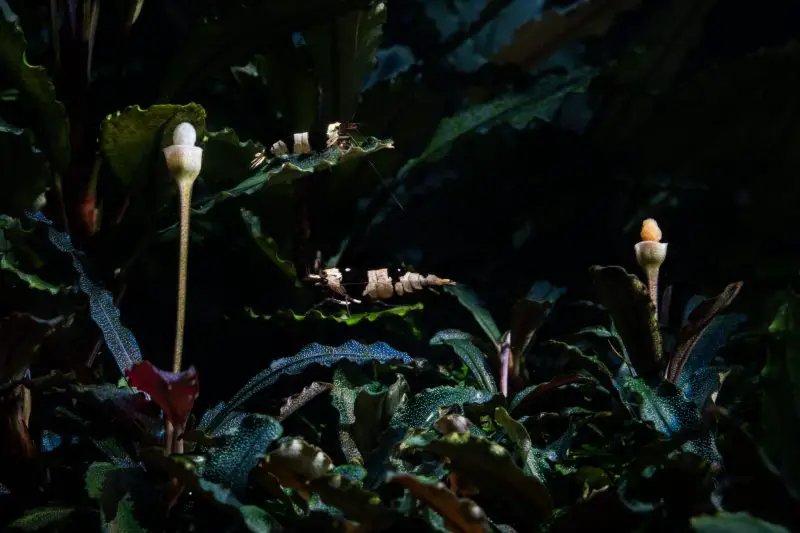
Aquatic plants offer a lot to a freshwater aquarium.
The simplest example is that they just look good. Bucephalandra can come in different colors and shapes that will add interest to the empty spaces of your aquarium.
You’ll likely see the health of your tank improve after adding Buce. It releases oxygen during photosynthesis, which will dissolve into the water and oxygenate it.
Plants also take in pollutants that might otherwise build up in the water. This will keep the water cleaner for any tank mates, keeping them healthier.
Plants are also a source of shelter for the animals in your tank. They are often used when animals are stressed by light or boisterous tank mates.
Small species of Buce will make a home for bottom-dwelling fish, but those higher up enjoy the taller species.
Appearance
It is difficult to give a detailed description of Buce as a genus because each species looks a little different.
Leaf shape is usually the most characteristic feature of an aquatic plant. Buce leaves come in many varieties, such as oval, long and thin, wavy, or a classic droplet shape.
The leaves will feel waxy due to a cuticle that helps them regulate water.
The color of the leaves can vary too. They are usually green, but some have hues of blues, reds, or purples. Some plants are even multicolored.
Buce is noted for having yellow spots on its leaves, similar to that of Anubias species, but more obvious. The spots are a result of photosynthesis.
Most species reach 1-2 inches, but there are some that get as tall as 10 inches. It is worth checking which species you’re actually buying if you can.
It can be very difficult to tell which species you have because they are poorly tracked and labeled. There are over 200 varying trade names, so even the pet store may not know the answer.
The roots of Bucephalandra are specially adapted for attaching to hard surfaces, as well as the substrate. This helps to keep it secured in fast currents.
Habitat and Tank Conditions
To be successful when caring for Buce, you must provide their preferred conditions. This is done by replicating their natural environment in your aquarium.
Nearly all of the 30 Buce species are endemic to Borneo, the third-largest island in the world. They are found in abundance here, enjoying the tropical climate.
This climate produces a humid environment with warm waters.
Bucephalandra can be found in rivers and streams, or on the banks. They prefer fast currents; they have adapted to living in fast-moving waters where other species can’t.
Sometimes they grow fully submerged in the water, but other times they grow outside. Borneo experiences seasons with varying rainfall, so their water cover can vary throughout the year.
Luckily the preferences of Buce are similar to lots of other plants and animals in the aquarium industry, so it is easy to design a suitable tank.
Tank Conditions
Substrate choice is up to you because Bucephalandra has particularly strong roots.
A substrate isn’t even a requirement, it is very good at attaching to decorations in the tank and growing from there.
You will need a heater to recreate the tropical climate. Set it in the range of 71°F to 82°F. The pH can be slightly acidic or slightly alkaline, from 6.0 to 8.0. Aim to use hard water, at least 5 GH.
Ideally, your filter outlet will produce a strong current. If not, try using an air/water pump.
Lighting requirements depend on what you want. Low lighting will keep the growth rate low whereas intense lights will speed this up a bit.
Ensure your plants are situated somewhere with direct access to light and water movement. Don’t place them too close together to reduce competition.
Buce will be fine without the addition of fertilizers or a source of CO2, though they may influence colors and growth rates.
You don’t need to replicate the varying water levels produced by Borneo’s changing seasons, Bucephalandra will happily grow with constant conditions.
What Size Aquarium does it need?
It is tough to comment on the minimum tank size because it will depend on the species you have.
All species will be fine in a 10-gallon aquarium, but the taller species will need trimming more regularly. Smaller species can fit into 5-gallon tanks.
Care
Overall, most species of Buce are hardy and easy to care for. They are rugged plants that can fit into a multitude of setups, including paludariums. They are suitable for aquarists of all experience levels.
Fertilizers and CO2 injections are optional. These plants can grow fine without them, though fertilizers will likely enhance their colors.
Bright lights are a good way to speed up growth rates. Buce naturally grows with poor lighting though, so dim the lights if its health starts to deteriorate.
Since Bucephalandra grows slowly, it is more at risk of excessive algae. Dim lights will help to keep algae under control.
You should be wiping away any excess algae as part of general tank maintenance anyway. Keeping your tank clean is important for the health of every living thing in your aquarium.
This includes performing regular partial water changes to prevent pollutants from building up.
There isn’t much that needs doing when maintaining Buce itself, you just have to trim it down if it gets too tall. Most species are small, so this is a big problem.
The slow growth rate means trimming is needed less often too.
It’s a good habit to dispose of all plant trimmings by burying them, adding them to a compost heap, or dissolving them in acid. Plants can spread easily by being introduced to landfill.
It is unlikely that Buce would be able to spread, but it’s best to remove the possibility.
Take extra care when planting and moving Bucephalandra because recovery takes a while due to the slow growth rate. Damage is an issue for the long term.
Damage can be caused by ‘melting’. This is where plants shed leaves because they have been weakened by a change in their environment.
New growth will be better adapted to the new conditions.
See related: Bacopa Caroliniana care
Tank Mates
Buce is an excellent ornamental choice for a community aquarium or paludarium, mixing well with both plants and animals.
The preferred conditions of Bucephalandra match that of many tropical favorites, so it should be easy to design a suitable community.
Most fish species will work well, and they’ll appreciate having plants around. Be wary of fish that are known for damaging plants.
Buce grows slowly so it is less able to recover. Small nibbles from fish will likely be okay, but some fish (like Oscars) enjoy uprooting plants entirely, which is much less recoverable.
You could try Dwarf Gourami, Mollies, Rosy Barbs, Zebra Danios, Neon Tetras, Swordtails, White Cloud Mountain Minnows, Yoyo Loaches, or Chinese Algae Eaters.
If you want to keep invertebrates, limit yourself to shrimps and snails. Crabs and Crayfish are known to destroy live plants and should be avoided.
Ghost Shrimp, Amano Shrimp, Cherry Shrimp, Mystery Snails, Nerite Snails, and Ramshorn Snails are all viable options.
Once you have decided on a tank mate, always research the needs of that species to confirm it is compatible.
The main consideration when mixing Bucephalandra with other plant species is competition. Will they be competing for space and resources? Spacing them apart should limit this.
Propagation
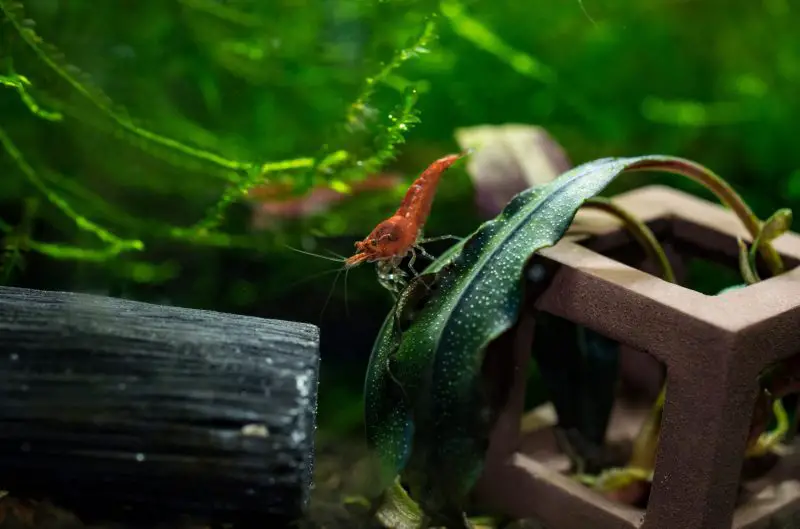
Plants reproduce via propagation, which can be done in a few different ways. Bucephalandra propagates through rhizome division.
A rhizome is a modified stem that produces roots and shoots from its nodes. Rhizome division is where a rhizome breaks off and falls to the substrate, rooting itself down to form a whole new plant.
You can manipulate the process to speed things up. Using sterilized scissors, cut a rhizome from a fully developed plant.
The cutting can be planted in the substrate or attached to hard surfaces with the help of fishing wire, tape, or aquarium-safe glue.
Plant the cutting in an area with plenty of access to sunlight. Don’t place it too close to other plants that will be competing for space and resources.
It is important that the cutting you take has multiple leaves. Without leaves, the plant can’t photosynthesize and therefore can’t grow.
Once planted, try not to disturb the new cutting, to give it the best chance of maturing.
Buce grows slowly so it may take a while before you can repeat the process with the new plant. This may be frustrating if propagation is your goal, but slow growth helps to reduce maintenance.
Bright lights can speed up growth, but dim them if you notice signs of poor health.
Is Bucephalandra Suitable for Your Aquarium?
It’s clear to see why Bucephalandra is sought after for freshwater aquariums. The genus is full of beautiful plants that are easy to care for.
Obviously, the appearance of the plant will vary depending on the species, but each one is attractive in its own way and will resonate with somebody.
Caring for them will probably just be keeping an eye on them once they’re added to the tank. They’ll take care of themselves, but you should look out for signs of damage.
Whether you’re planning on an aquarium full of fish or plants, Buce will fit right in and stand out as a colorful addition.
Do you have any questions about Bucephalandra? Discuss them in the comments below…
See related: Monte Carlo plant care

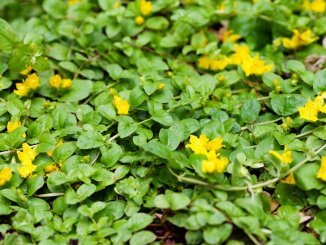
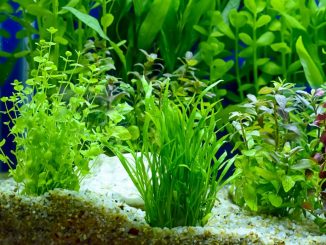
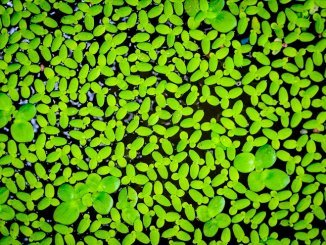
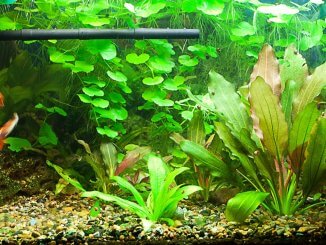
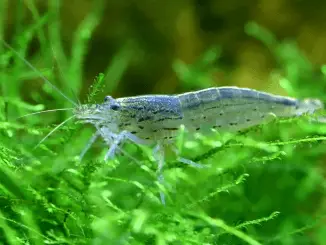
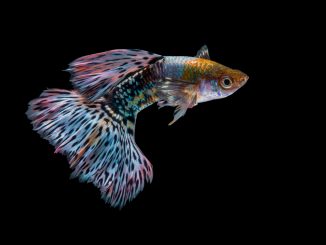

Can I have Bucephalandra in Angel Fish Tank